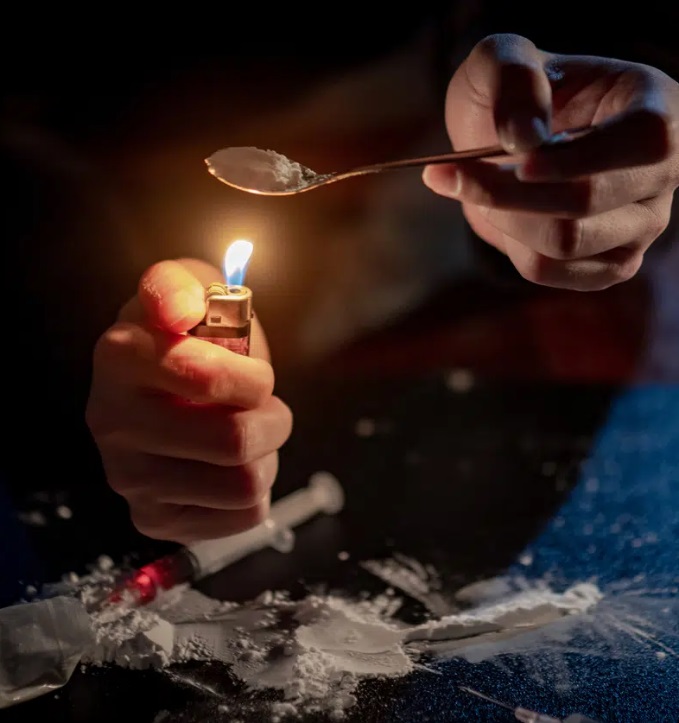Our greatest glory is not in never failing, but in rising up every time we fail.
Ralph Waldo Emerson


6.25 million Americans have used heroin at least once, and 902,000 Americans use heroin annually.
80% of heroin users started with the misuse of opioids.
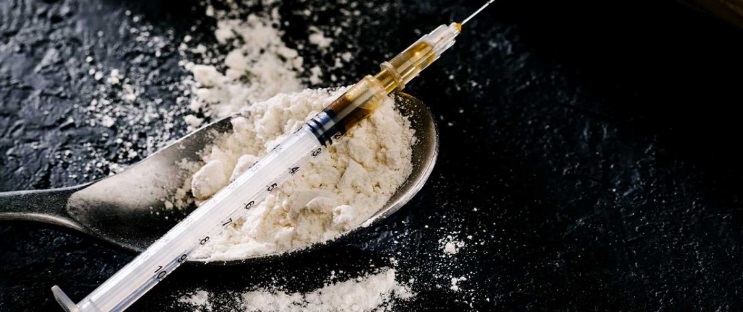
Heroin is a highly potent opiate made from the seedpods of the poppy plant, which is found most commonly in Burma, Thailand, Afghanistan, Colombia, and Mexico. Like all other opiates, it was designed to reduce pain and increase sleep. It was first manufactured by an English chemist in 1874. However, it was not sold commercially until 1898 when the Bayer Pharmaceutical Company (yes, the same company that sells aspirin and Coppertone sunscreen) picked up the production. Bayer then exported it to over 23 countries as a treatment for tuberculosis (to ease pain and soothe painful breathing) and as a remedy for morphine addiction (even though heroin comes from the same poppy plant as morphine). After addiction and overdose rates grew, the Heroin Act of 1924 was passed in the U.S. making heroin completely illegal, including for medical purposes.
Heroin is known for its euphoric effects - extreme feelings of happiness. People who use heroin describe a “rush” of blissful feelings. Heroin achieves this high by binding to opioid receptors in the brain, which then immediately release an unnatural amount of dopamine, causing feelings of pain relief and euphoria, or a dream-like state. Often, users go in and out of consciousness because breathing is slowed down so much. This is also what makes overdosing so common and possible for even first timers.
Short Term Effects
Long Term Effects

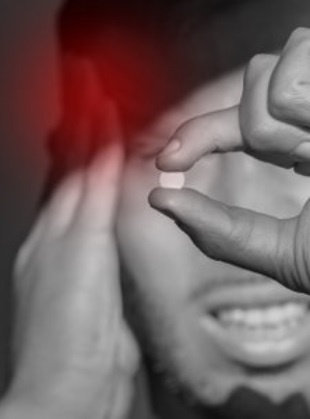


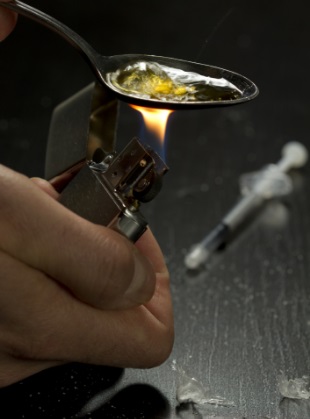

The term “junky” was first applied to heroin users in the 1920s. As heroin’s legal status began changing, addicts in New York City began collecting and selling scrap metal to support themselves and their habit. They spent their days scavenging.
Almost ¼ of heroin users become addicted.
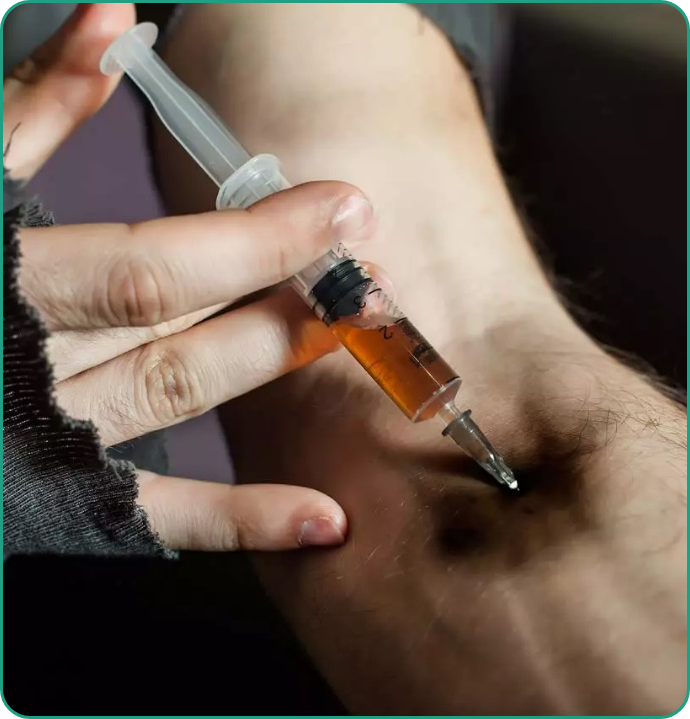
Heroin is ILLEGAL by federal law
Getting caught using or possessing heroin for the first time can result in a $50 - $100,000 fine and/or up to a year in prison.
